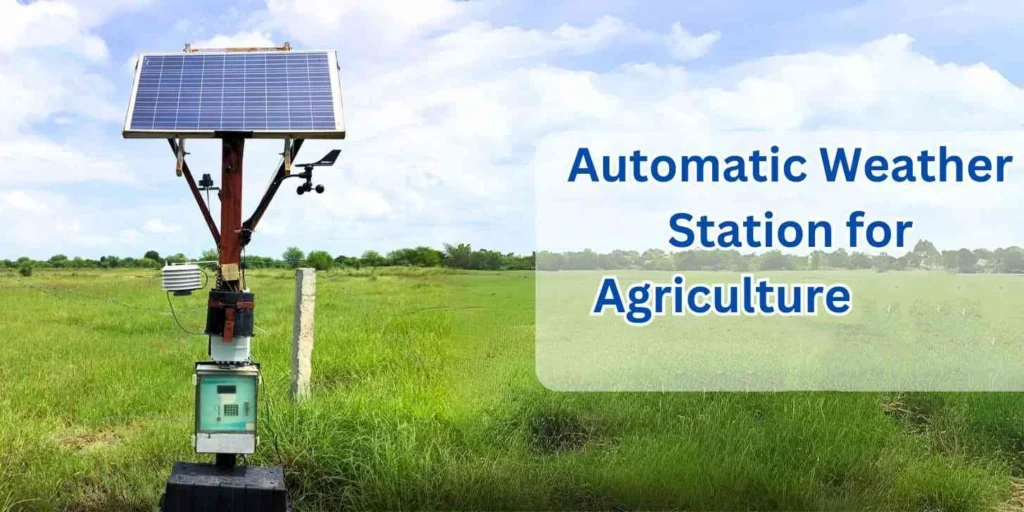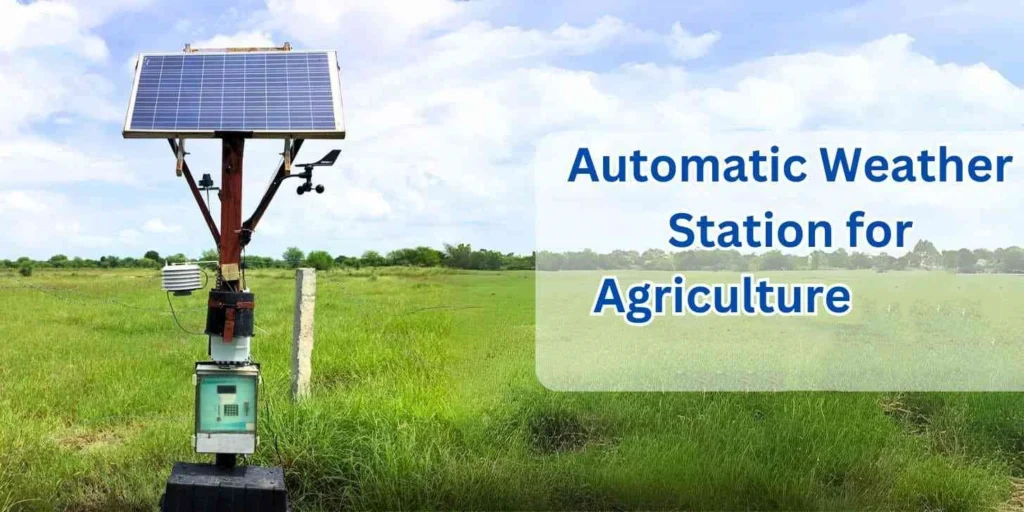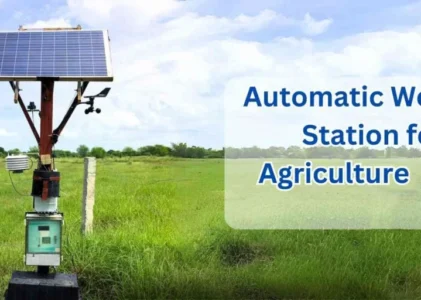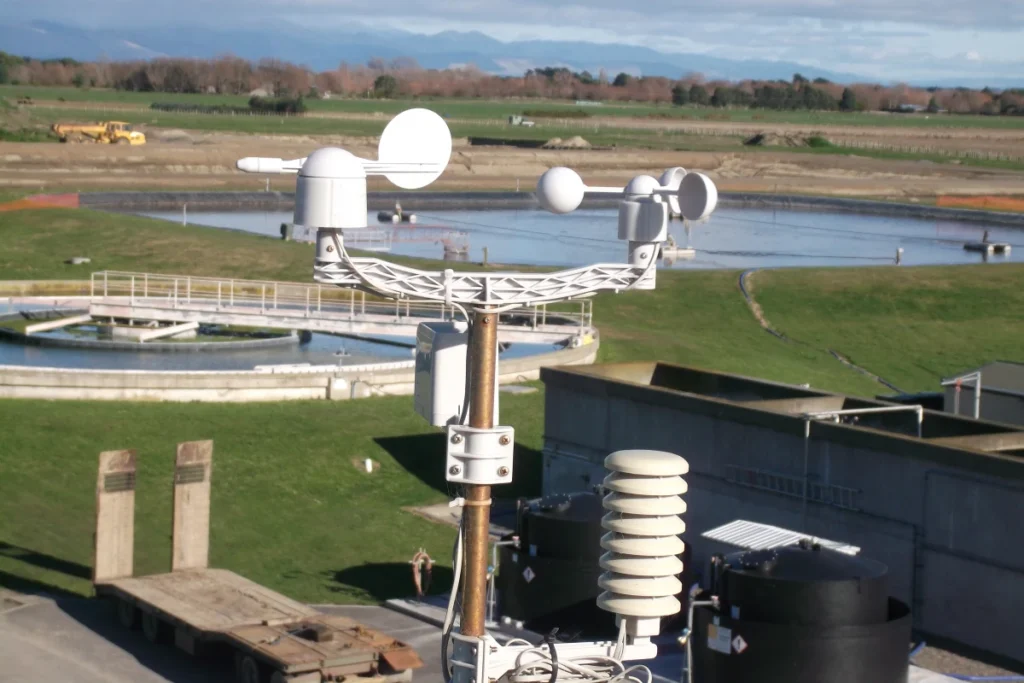
# Automatic Weather Station: Definition and Functionality
## What is an Automatic Weather Station?
An Automatic Weather Station (AWS) is a sophisticated system designed to collect and record meteorological data without the need for constant human intervention. These stations are equipped with various sensors that measure atmospheric conditions such as temperature, humidity, wind speed, wind direction, rainfall, and barometric pressure. The data collected is then transmitted to a central database or directly to users for analysis and forecasting.
## Key Components of an Automatic Weather Station
An AWS typically consists of several key components:
– Sensors: These are the primary tools for measuring weather parameters. Common sensors include thermometers for temperature, hygrometers for humidity, anemometers for wind speed, wind vanes for wind direction, rain gauges for precipitation, and barometers for atmospheric pressure.
– Data Logger: This device records the data collected by the sensors. It stores the information in a digital format, which can be accessed and analyzed later.
– Power Supply: AWS units are often powered by solar panels, batteries, or a combination of both to ensure continuous operation, especially in remote locations.
– Communication System: This component transmits the collected data to a central server or directly to users. Communication methods can include radio, satellite, or internet connections.
## Functionality of an Automatic Weather Station
The primary function of an Automatic Weather Station is to provide accurate and timely weather data. Here are some of the key functionalities:
– Data Collection: AWS units continuously collect data on various weather parameters. This data is essential for understanding current weather conditions and for making accurate forecasts.
– Data Transmission: The collected data is transmitted to a central database or directly to users. This allows for real-time monitoring and analysis.
– Data Analysis: The data collected by AWS units can be analyzed to identify trends, predict weather patterns, and provide early warnings for severe weather events.
– Remote Monitoring: AWS units can be installed in remote or hard-to-reach locations, providing valuable data from areas that would otherwise be difficult to monitor.
## Applications of Automatic Weather Stations
Automatic Weather Stations have a wide range of applications, including:
– Agriculture: Farmers use AWS data to make informed decisions about planting, irrigation, and harvesting. Accurate weather data helps optimize crop yields and reduce risks.
– Aviation: Airports use AWS units to monitor weather conditions, ensuring safe takeoffs and landings. Real-time data is crucial for flight planning and operations.
– Environmental Monitoring: AWS units are used to monitor environmental conditions in various ecosystems. This data is essential for conservation efforts and for understanding the impact of climate change.
– Disaster Management: AWS units provide early warnings for severe weather events such as hurricanes, tornadoes, and floods. This information is critical for disaster preparedness and response.
## Conclusion
Automatic Weather Stations play a crucial role in modern meteorology and environmental monitoring. By providing accurate and timely weather data, AWS units help us understand and predict weather patterns, optimize agricultural practices, ensure safe aviation operations, and manage natural disasters effectively. As technology continues to advance, the capabilities and applications of Automatic Weather Stations will only continue to grow.
Keyword: what is automatic weather station



